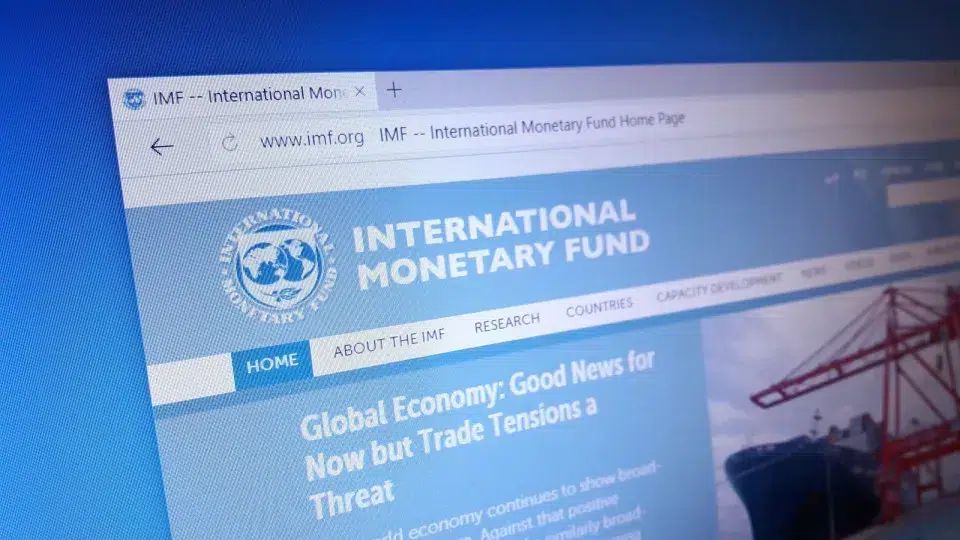
The global public debt may reach its highest level since 1948 by 2029, according to the Fiscal Monitor, indicating “a higher and steeper trajectory than projected before the pandemic.”
The IMF also highlights that the “distribution of risks is broad and tends towards even faster debt accumulation.”
Indicators such as budget balance and public debt ratio vary significantly between countries, but many major economies have public debt exceeding (or projected to exceed) 100% of GDP.
“While the number of countries with debt over 100% is set to decrease consistently over the next five years, their share in global GDP is expected to increase,” including countries like Canada, China, France, Italy, Japan, the United Kingdom, and the United States.
“In contrast, many emerging markets and low-income countries face more challenging fiscal issues, despite their relatively low debt,” states the report’s preface, authored by Vítor Gaspar and Rodrigo Valdés, directors of the IMF’s Public Finance Department.
In this context, the institution warns that “prioritizing fiscal policy is essential to support debt sustainability and prepare budgetary buffers for use in case of severe adverse shocks, including financial crises.”




